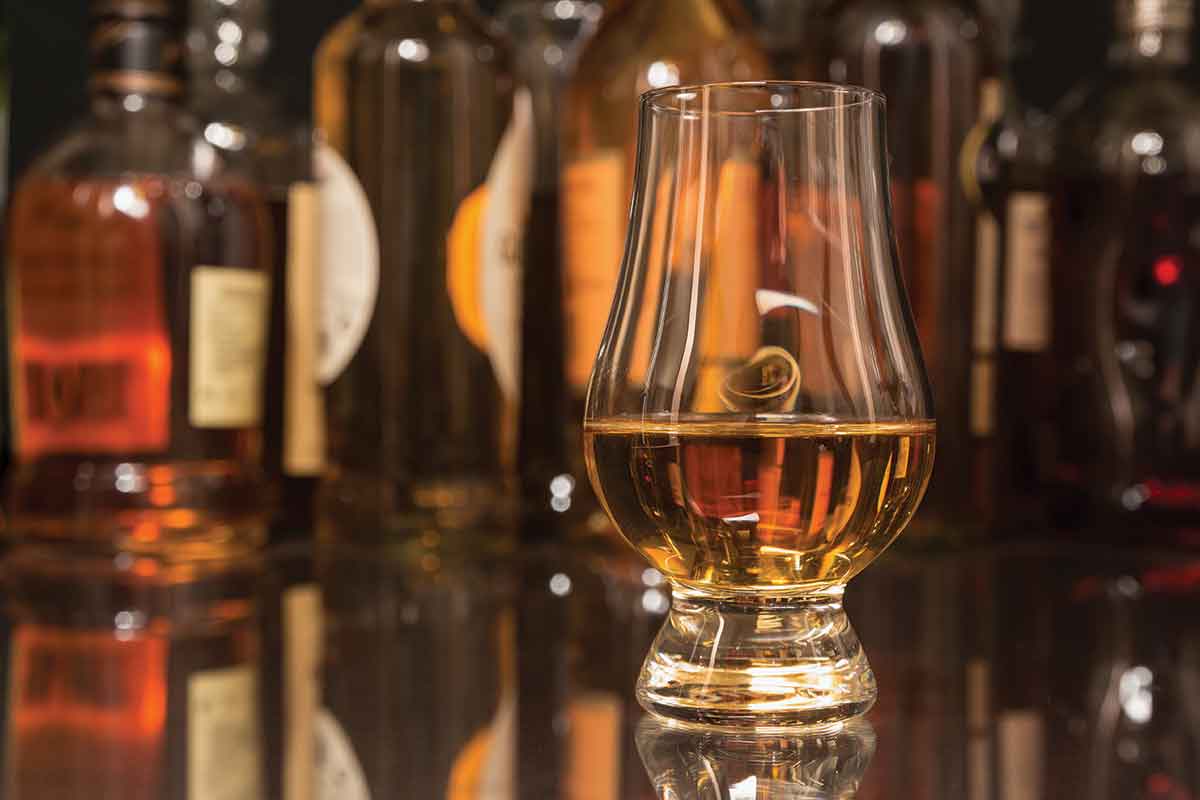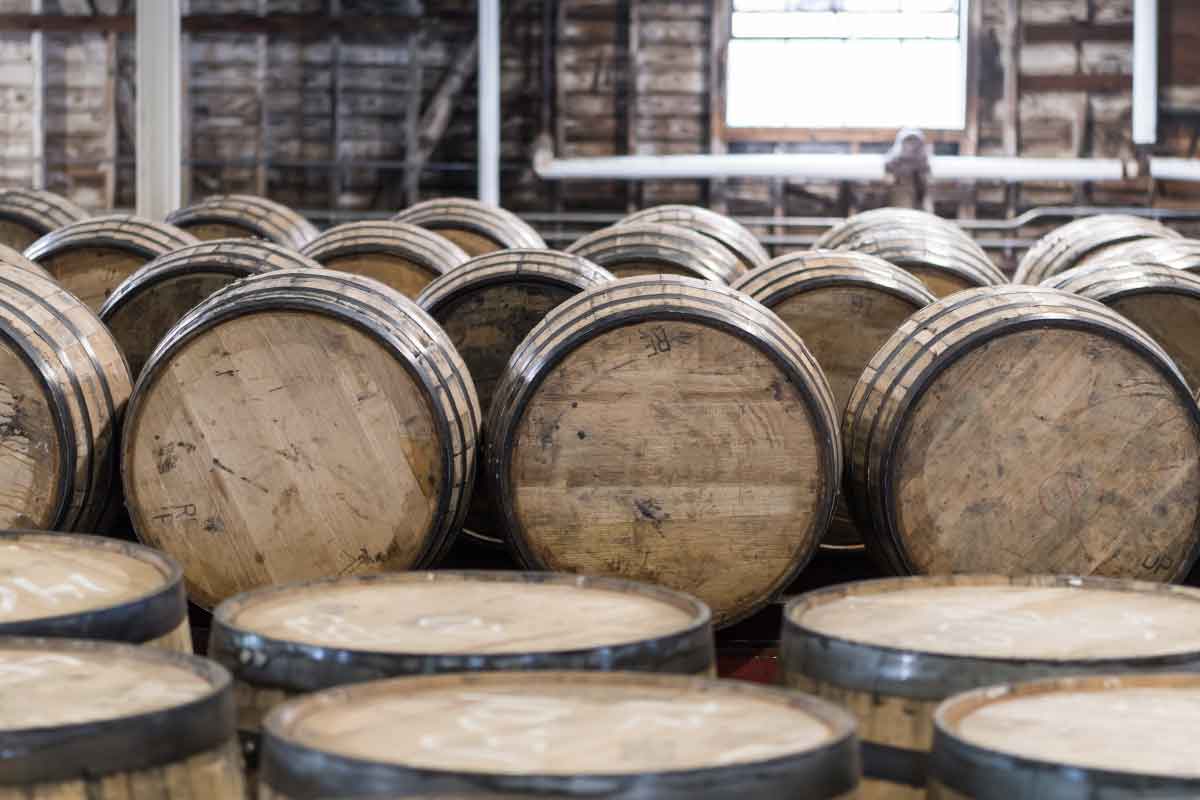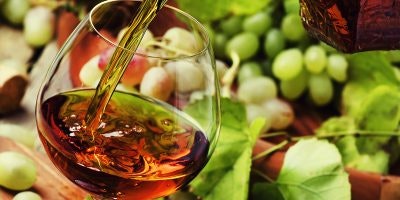Not that long ago the Scottish Lowlands region was on life support. But within the span of a decade it has become a vibrant whisky region teeming with new distilleries, as well as a few revitalized oldies.
The Lowlands malt whisky region has a history dating back to the end of the 18th century, which is when it was first defined as part of the 1784 Wash Act. In the following decades an impressive Lowlands distilling industry was established. Triple distillation was often employed, while many distillers also opted for coal rather than peat in the malting process. These choices gave birth to the traditional Lowlands character of a light, elegant, floral and grassy malt whisky.
“They wanted to produce a style which made them different to the other regions”, explains Gordon Dundas, senior brand ambassador at Ian Macleod Distillers, which owns legendary Lowlands whisky distillery Rosebank. “The regions are obviously all about the historical blending element rather than the modern single malt. The Lowlands distillers set out to produce something that blenders wanted to use and was different from whiskies from the Highlands, Speyside or Islands.”
Lowlands Whisky Renaissance
Once there were over 100 producers in the Scottish Lowlands. But that number diminished to just three at the start of the current millennium. Auchentoshan, Glenkinchie and Bladnoch were the last distilleries standing. The rise of the Speyside region in the second half of the 19th century certainly didn’t help the Lowlands. World War I and Prohibition hit the region especially hard; 22 distilleries closed in the 1910s and 1920s. During the entirety of the 20th century only one new distillery was built in the Lowlands. And whenever the whisky industry fell on hard times, Lowlands whisky distilleries were easy victims. As many were built in urban areas, owners could sell their sites to developers for decent money.

However, the fortunes of the Lowlands whisky region changed dramatically in the 2010s. Now there are 17 distilleries currently producing malt whisky and a number of others are still in the works. Ironically, this time around it seems the location is a strength for the Lowlands. As it’s the most populous and urban area of Scotland, it gives new distilleries an obvious tourism advantage. Tourists bring in much-needed cash flow during those first three years when there’s no mature whisky yet. Most of the tourism centers around Scotland’s two largest cities, Edinburgh and Glasgow, both of which are located in the Lowlands.
“There are also logistical issues for new distilleries that are starting on an island or in the far northwest where you have single track roads”, says Peter Holroyd, distillery manager of Kingsbarns. This distillery in Fife has been in production since 2014. He continues, “They sometimes put distilleries in very awkward places. In the Lowlands we’re closer to populated areas, so you can get your logistics and labor sorted out a little bit easier.”
Changing Character
Together with the likes of Lindores, Clydeside and Daftmill, Kingsbarns is one the new Lowlands whisky distilleries that has already released its product into the marketplace. From the outset the whisky makers knew they wanted to make something that was akin to the traditional Lowlands style. “Some people may think it is just a gentle dram that’s not very interesting,” says Holroyd. “But far from it. Some of the best whiskies I’ve ever had have been Lowland whiskies. Some old Bladnoch. And I remember the first time I ever smelled Rosebank. It just blew me away. There’s a hell of a lot of character in these malts.”

But with the influx of new distilleries the traditional Lowlands whisky character is evolving. For example, Lochlea Distillery in South Ayrshire wants to make sure people don’t pigeonhole Lowlands whisky. This single-estate farm distillery is set to launch its inaugural whisky in November. But Lochlea doesn’t produce a typical Lowlander. In fact, the distillery produces more than one spirit style. One is suited to a shorter maturation, while the other will spent at least ten years in the cask.
“We don’t want people to think that all Lowland whiskies are going to taste a certain way,” explains David Ferguson, commercial manager at Lochlea. “We have fourteen different cask types maturing in our warehouse and 95 percent of the stock that we have will not taste light and grassy. It’s good if people start to change their mindset and know that you can get very different styles of whisky even within one area.”
Cherry On Top
Dundas agrees with Ferguson that the Lowlands style will likely “evolve over time.” But he is also involved with the resurrection of Rosebank, a distillery that might just be the prime example of a typical Lowlands whisky. An icon in the world of Scotch whisky, Rosebank closed its doors in 1993, partly due to a lack of tourism opportunities. But 25 years after the “Queen of the Lowlands” shut down, the whisky climate had changed drastically. As a result, Dundas’ employer Ian Macleod Distillers swooped in and announced it was giving Rosebank a new lease on life.
“People would say it was the Queen of the Lowlands, and that’s an honorable thing for us the strive for,” says Dundas. “Hopefully they’ll say that again about Rosebank. The pressure is high, but we have great people at this company, a family business, that understand distillation and distilleries. We will go through a period of tweaking the spirit, looking at yeast, barley varieties, temperatures, and flow rates. All these things that will allow us to settle on a spirit style that we’re really happy with.”
“We’re also very aware that when we do release a whisky, which will be around 2030, we’ll be entering a very different whisky industry even compared to what it is now. We have to produce a whisky that is relevant to the history of the distillery, but also relevant in that modern marketplace. There’s a lot for us to consider, but of course we will be making it in the same style.”
Assuming everything stays on schedule, Rosebank will be producing whisky once again in the summer of 2022. And once it re-opens, Rosebank will be the cherry on top the Lowlands whisky revival.
Ready to try some lowlands whisky?
With Distiller, you’ll always know what’s in the bottle before you spend a cent. Rate, Review, and Discover spirits. Head on over to Distiller, or download the app for iOS and Android today!
Want to enjoy Distiller ad-free? Join Distiller Pro today to support the Distiller platform and keep ads off of your screen.



